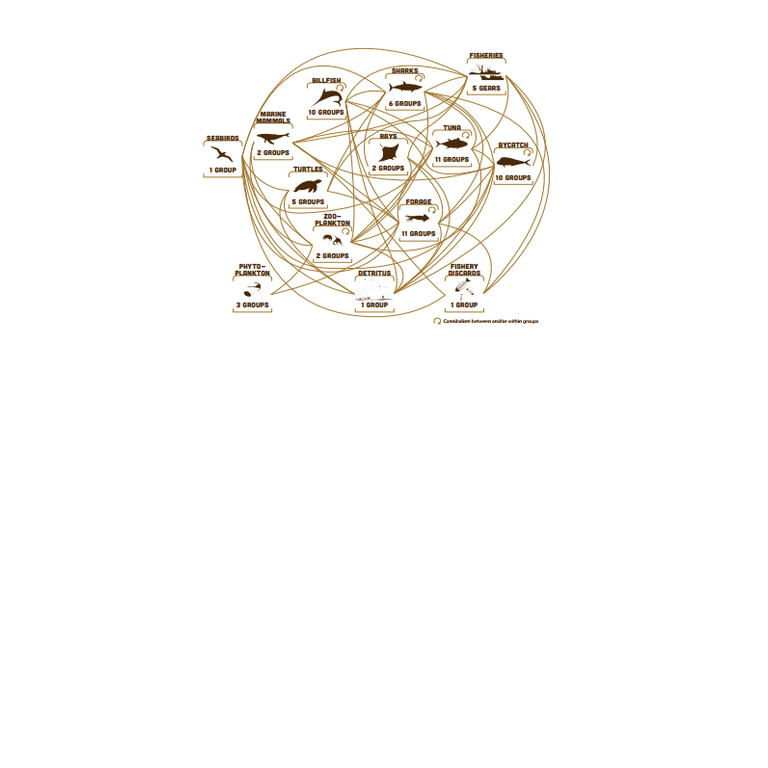Building on the knowledge to identify ecosystem changes and their potential impacts on the region’s fisheries
The Pacific Ocean is a complex ecosystem comprised of a large-scale physical ocean system intimately linked to global climate through processes, such as El Niño–Southern Oscillation (ENSO), that drive the biogeochemical interactions underpinning the ecosystem services typically associated with Pacific fisheries. Changes to this system, either slow or sudden, can have profound effects on the future and livelihoods of Pacific peoples.
While the scale and number of interactions between the ocean, multispecies food webs, and the human agents that harvest these resources are far too complex to be replicated by even the most powerful super computers, it is vital that we understand the key components of these systems in order understand and predict changes. Being able to forecast what might happen under certain scenarios enables our members to prepare mitigation measures for negative impacts.
These ecosystems are vast and deep, both metaphorically and literally, with many components and uncertainties driving their dynamics. Identifying which of those which must be well understood, and devising the necessary experiments and monitoring programmes required to gather data on them, can be extremely challenging. The accurate collection of this data, with constant review and improvement, is critical to improve the science.
Ecosystem science draws on many different specialists, from technicians analysing samples and undertaking experiments, to mathematicians who can develop efficient representations of these system processes, and computer developers who can build the software required to combine data and models into pragmatic hypothesis testing and predictive tools. The scale of the systems is so large that often many different groups will need to come together to combine their expertise on processes, species and technologies in order to provide useful scientific advice.
Our work in this area draws on many technologies and experimental data that give us new insights into all levels of the ecosystem. This includes collecting and analysing data on individual animals through biological sampling and telemetry experiments (see Pacific Tuna Tagging Program), sampling the pelagic ecosystem through acoustics or plankton and nekton trawls (see WARMALIS), climate and physical ocean models using environmental monitoring data, electronic monitoring of fishing vessels and catch (see Electronic approaches), and high-performance computing to process and simulate the ecosystems themselves (SEAPODYM and Ecopath).
In face of fishing pressure, short and long-term climate fluctuations, and social, economic, or political changes, providing SPC members with predictions under scenarios that they define is critical for national and regional decision makers to make informed choices. More broadly, the ecosystem models developed by our team have been used to provide advice to other tuna regional fisheries management organisations (RFMOs) outside of the western and central Pacific Ocean (WCPO) area (for example, for North Atlantic albacore tuna), as well as providing ecosystem predictions in the context of non-fish species conservation (such as seabirds and sea turtles).
FAME regularly presents the results and developments from this area of work through the Western and Central Pacific Fisheries Commission’s (WCPFC) scientific committee, and scientific publications. We also support our members through responding to individual member requests for information, analyses, and specific training.


